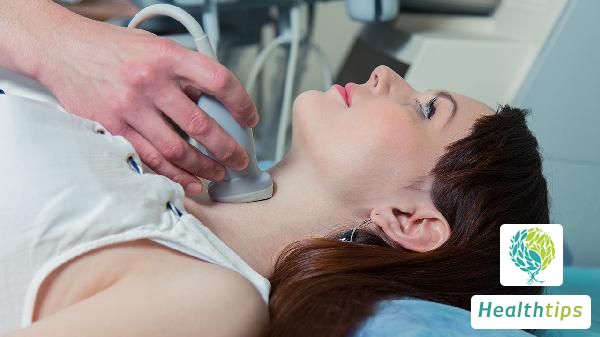"What Spray Works Best for Underarm Body Odor?"
Axillary Bromhidrosis Management

Axillary bromhidrosis, commonly referred to as axillary hyperhidrosis, does not typically involve a definitive recommendation for a specific spray. If an individual experiences axillary hyperhidrosis, it is advisable to promptly consult a healthcare professional and follow their guidance on pharmacological and physical treatments for improvement. Here are the key approaches:
1. Pharmacological Treatment
Axillary hyperhidrosis often arises due to factors such as mental stress or intense physical activity, leading to excessive sweat secretion in the axillary region and subsequent odor. Patients can be prescribed medications like Methenamine Solution or Formaldehyde Solution under medical supervision. These medications help in astringing and reducing sweat, thereby alleviating discomfort.
2. Physical Treatment
For those who do not respond well to pharmacological treatments, physical treatments like Laser Therapy and Radiofrequency Ablation can be considered. Laser therapy utilizes heat energy to necrotize and shed local sweat gland tissue, achieving therapeutic effects.
3. Surgical Treatment
In severe cases, patients may undergo Axillary Apocrine Glandectomy under medical guidance. This surgical procedure involves removing the local apocrine glands to decrease sweat secretion and alleviate symptoms.
4. Other Methods
Patients can also apply deodorants such as Aluminum Chloride Solution or Aluminum Acetate Solution as prescribed to alleviate symptoms. Additionally, antiperspirants like Zinc Oxide Ointment or Aluminum Chloride Hexahydrate Solution can be used to inhibit sweating.
In daily life, maintaining personal hygiene is crucial, including frequent bathing and changing of undergarments. It is also important to maintain a balanced diet, avoiding spicy and stimulating foods.



















